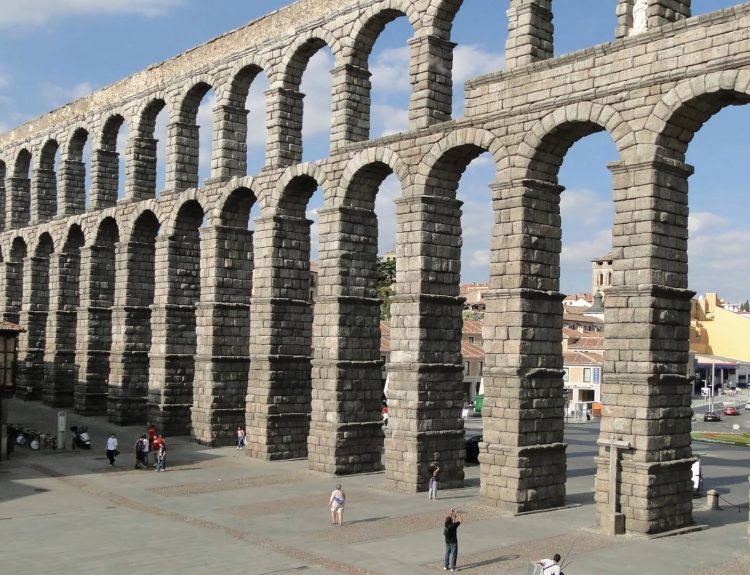Here’s another archeological revelation that’ll blow your mind. A team of dedicated researchers after so much research have discovered several secret underground passageways in China. These passageways were found in a 4-300-year-old city that lies in absolute ruins.
This shocking discovery has not only appealed to our imagination but has also piqued our interest and has provided us with a glimpse of the way of life of those individuals who occupied these places in the past. Let’s take a quick trip down memory lane and learn a few things about the secret tunnels and how they operate.
Houchengzui Stone City
The Houchengzui Stone City is estimated to be between 4,300 to 4,500 years old. And in the city, there’s an expansive ruin that sprawls across a large area of roughly 15 million square feet. This data was revealed in a news release which was reported on the 28 of December.
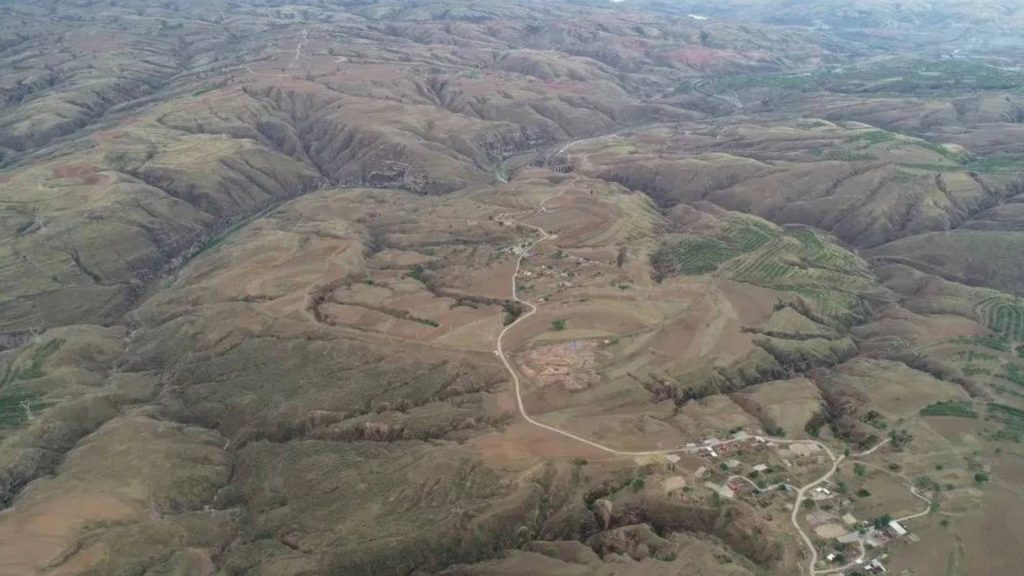
This News report was from the stables of the Inner Mongolia Autonomous Region Institute of Cultural Relics And Archaeology. This information was shared in collaboration with the Institute of Archaeology at the Chinese Academy of Social Science And China Archaeology Network.
The Initial Discovery Was In 2005
The detailed and passionate research was what led the archeologists to this lost city. The first exploration of the Houchengzui ancient city of stone began with its initial discovery in 2005.
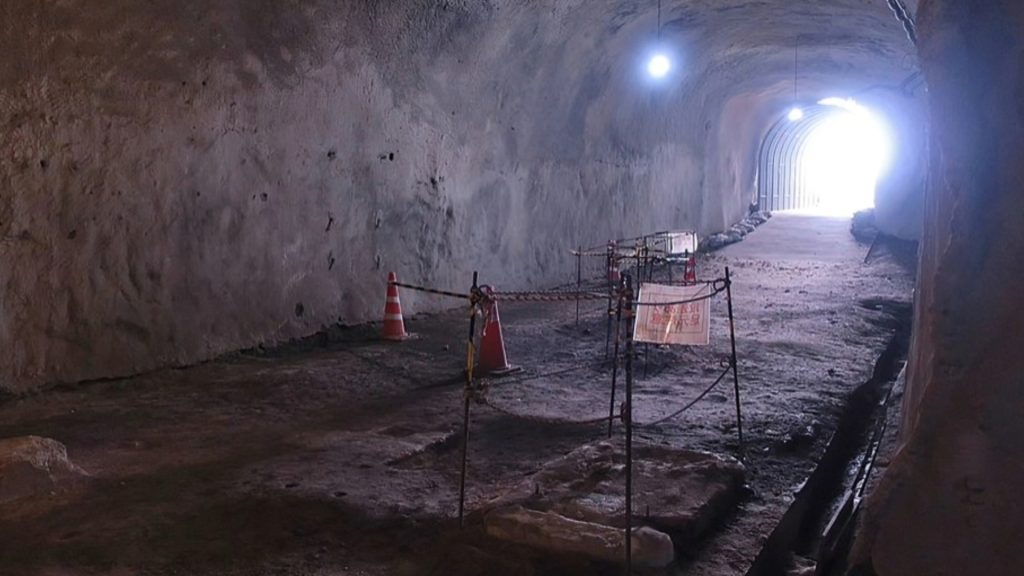
However, known not to quit, the archeologists and researchers didn’t stop there, and in 2019 they proceeded to carry out a comprehensive excavation which was aimed at methodically identifying Houchengzui’s city of Stones history.
The City Of HouChengZui In Ruins
If anyone has intentions of making a trip down to the ancient stone city or Houchengzui in the north of China, then you have to be well prepared. This is because stepping into Houchengzui’s ancient stone city involves you making a pathway for yourself through its ruins.
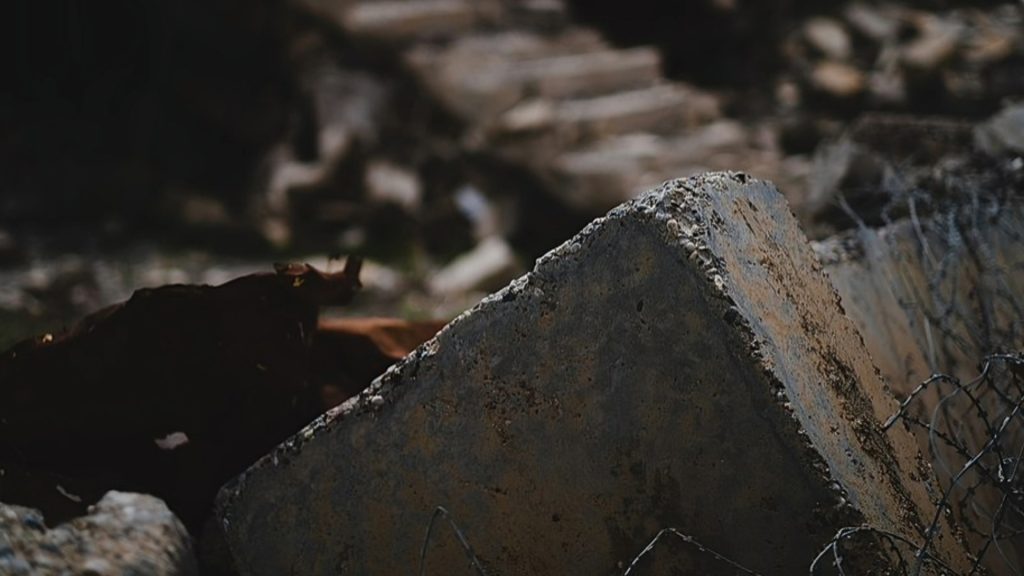
But in the shadows of these sprawling ruins lies the echoes of traditions, customs, and untold stories just like the secret passageways, and do not be surprised that each crumbling ruin holds a story of its own.
Houchengzui And Its Multiple Defensive Walls
After thorough research on the ancient stone city of Houchengzui, scholars and researchers have revealed that about four thousand years ago, gaining access to the city was almost impossible. It was nothing like every other city out there.
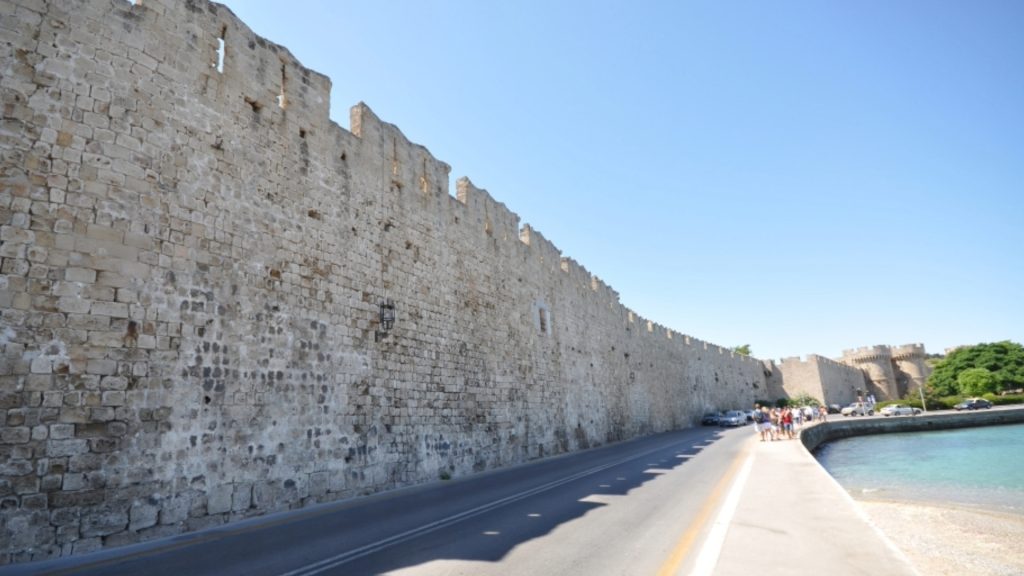
Gaining access to the city required overcoming numerous defensive walls and subduing those occupants who were always strategically prepared and positioned to overpower outsiders. The process involved encountering formidable obstacles, it was more or less impossible
The City Had A Complex Defensive System
Because of how impossible it was to penetrate the walls of the ancient stone city of Houchengzui, it made it quite obvious that the city was strategic about having a complex defensive system that consisted of different technical features.
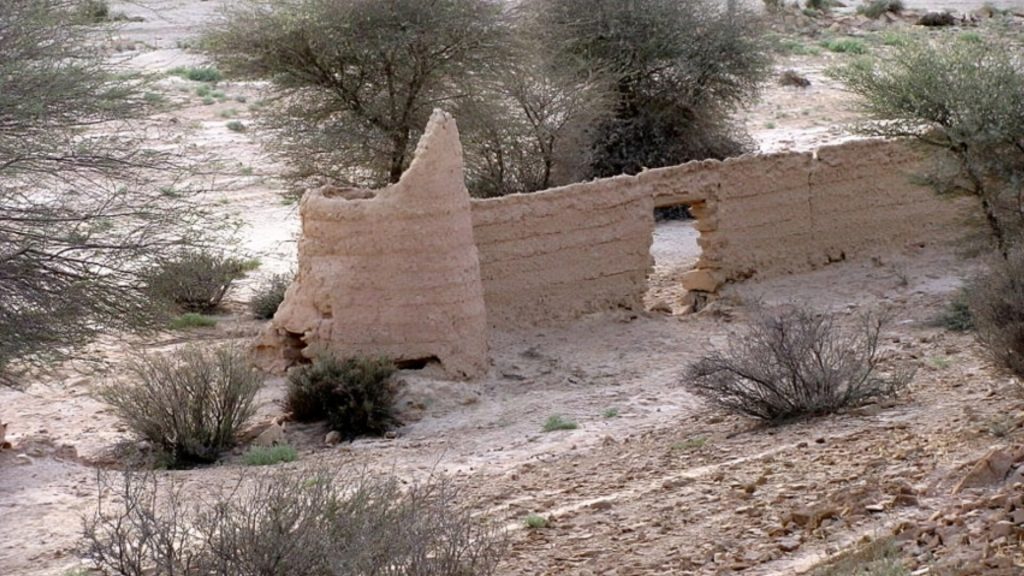
The city has three concentric walls, it also has some supplemental structures along its walls, a restricted number of heavily guarded gates, and strategically positioned trenches. This shows how determined they were to keep their inhabitants safe.
Archeologists Knew About The City’s Defense System
If there’s one thing archeologists and researchers are known for, it is how passion-driven they are. There’s this passion for uncovering mysteries and documenting them. For many years, archaeologists have been aware of this city’s defense mechanisms.
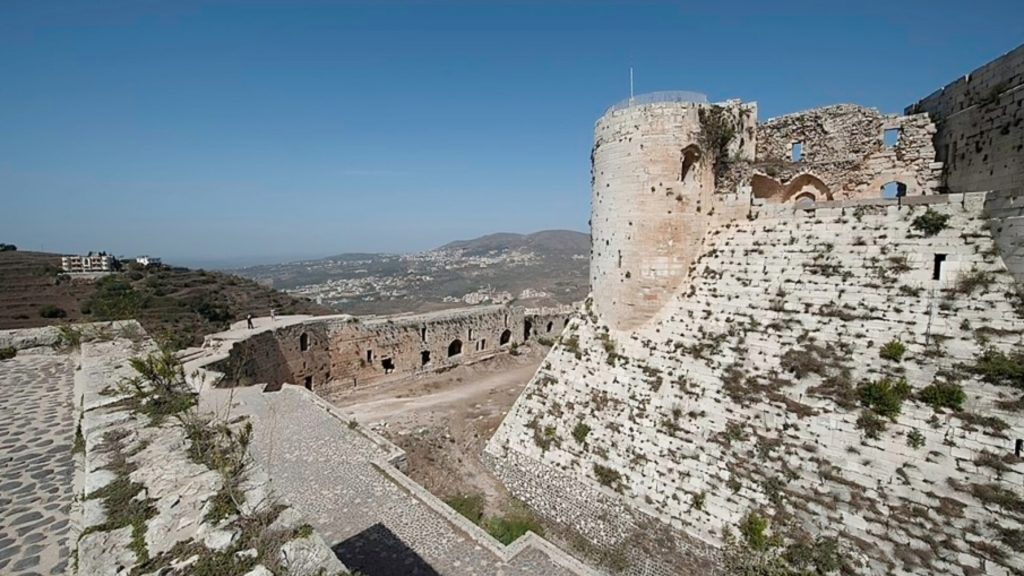
They have been aware of the formidable defensive structure that surrounds the whole of Houchengzui Stone City. This understanding of the city’s defense has been accumulated through extensive research and excavation over the years.
But The Ancient City Still Held A Secret
Although archeologists knew about the elaborate fortification system, the existence of their layers and layers of defensive walls, and the overpowering nature of their armed settlers, there was something that eluded the archeologists. A vital feature that the ancient city kept secret.
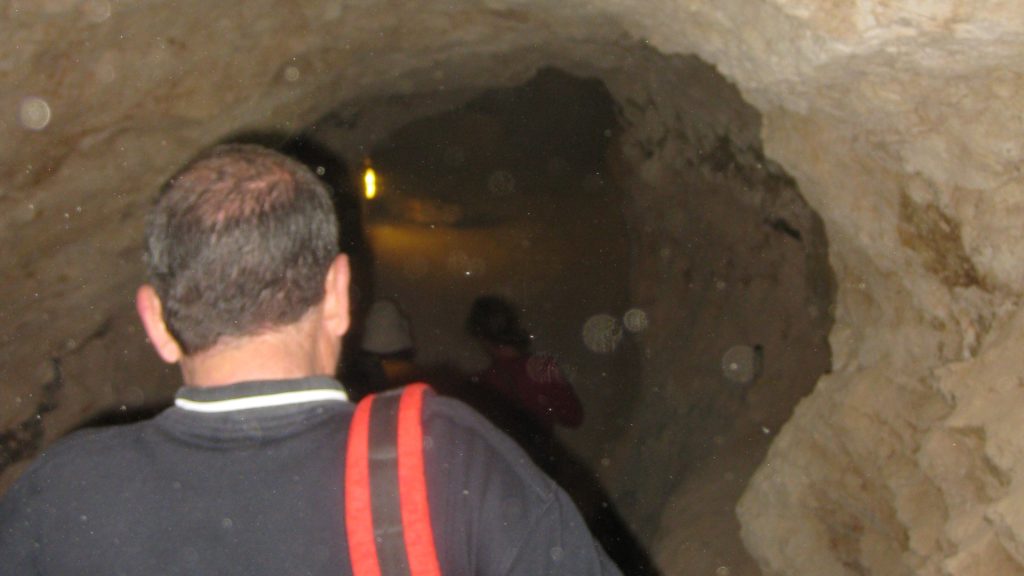
However, this secret was discovered after archeologists stumbled upon a surprising discovery during their latest excavations. They found a network of secret underground passageways. They were able to uncover six intersecting tunnels, which are believed to be a secret transportation system during that period.
A Picture Of The Passageway
Here’s a picture of the passageway. The pictures display a partial map, detailing the layout of the underground passageway. The additional images also capture the entrance to one of these tunnels. This picture offers a visual perspective of the well-preserved arched structures within the city.
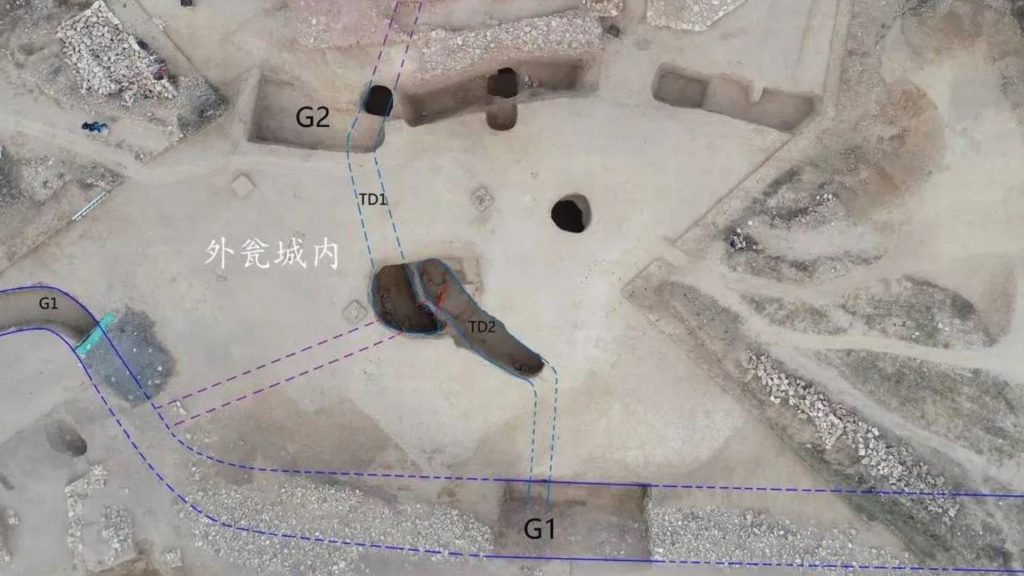
According to the archeologist’s report, the tunnels have different depths. Their depts range from approximately 5 feet (1.52 m) to 20 feet (6.06 m). The tunnels also had a width of around 4 feet (1.21 m).
The Internal Dimension Also Varied
The map not only provides a visual representation of the outermost part of the secret tunnels but also gives a detailed description of the internal dimension. The internal dimension of the recently discovered tunnels is also chaired in height.
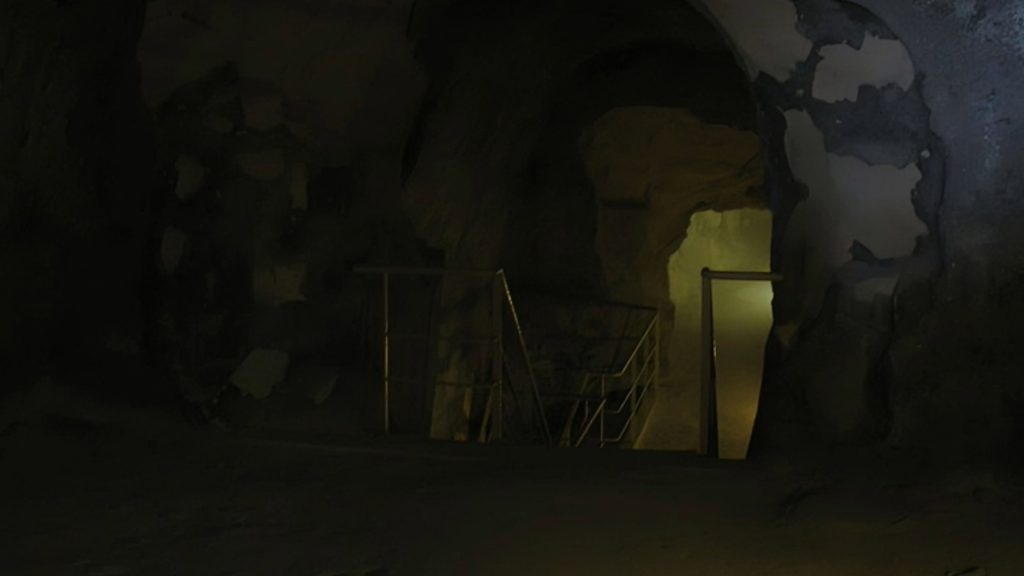
The height spanned between 3 feet (0.9 m) to 6 feet (1.82 m) and the inner dimensions width was reported to be around 4 feet (1.21 m). Thanks to these precise measurements which offer a detailed description, we can understand the structure of the underground network.
Some Of These Tunnels Led To The Outside
After so much research, archaeologists were able to identify another discovery, here they discovered that several of these tunnels extended beyond the defensive walls of the ancient city of HouChengZui. It created a passageway that opened to the external surroundings.
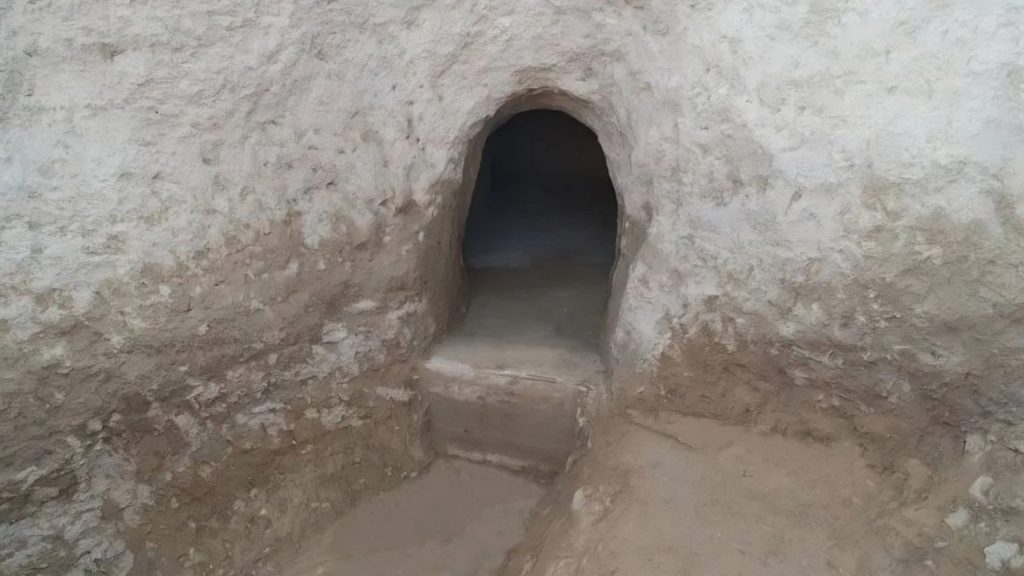
These unique features give us an insight into how strategic the people of the ancient stone city of HouChengZui were. How they constructed several secret tunnels that could be used for various purposes.
The Secret Tunnels Added An Additional Layer Of Security
Now that we know how strong the defensive walls of the ancient city were, this secret passageway only offers a deeper understanding of the city’s defensive strategy. By providing a concealed passageway underneath the defensive walls the city could control access more discretely.

The secret tunnels were a layer of security, they allowed them to make potential surprise moves or reinforcements during times of conflict.
The City’s Design Reflects The Cultural Significance Of Their Military Defense
To understand how the people of the ancient stone city of Houchengzui arrived at the design of their city, archeologists have proposed several theories but only one sounds plausible. They believe that the design of the city is deeply rooted in its cultural importance.
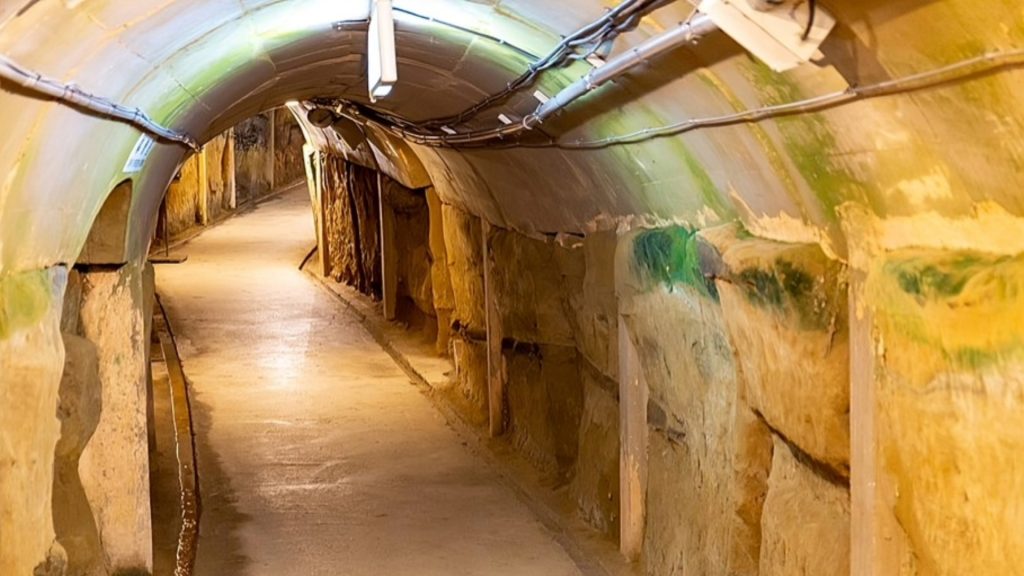
The cultural importance in this context is in terms of their military defense. Another conclusion is that the city’s strategic location on the outskirts of an ancient alliance is believed to have influenced the city’s architectural layout.
The Discovery Of Two Other Sites
After archeologists discovered the stone city of Houchengzui, an additional two stone sites have also been discovered. The most surprising aspect of this discovery is how similar these three stone sites are.
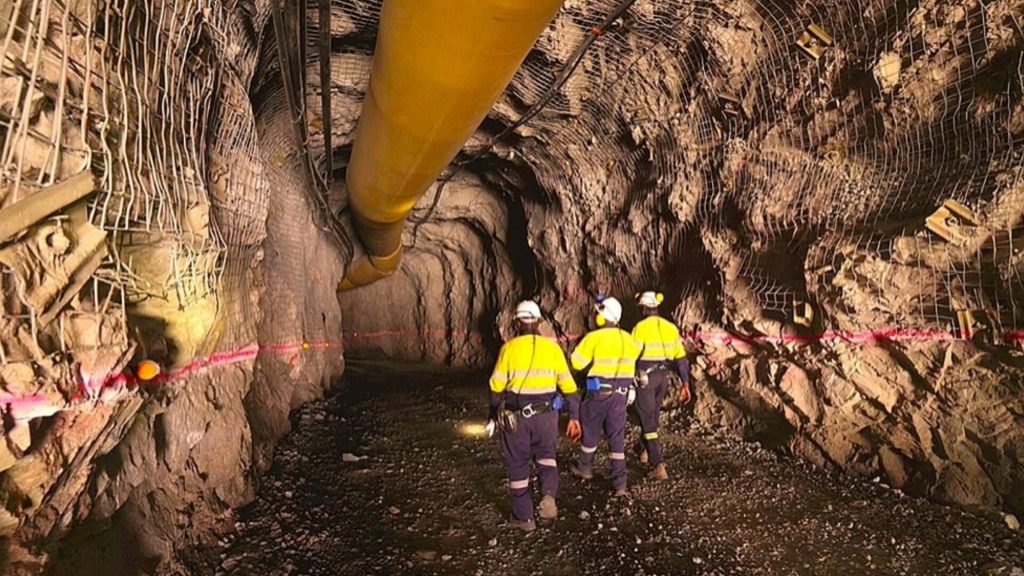
Chen Xingcan, the director of the Chinese Academy of Social Science Institute of Archaeology in an interview stated: “The three sites ( Houchengzui, Bicun, and Shimao) composed a structural feature that needs to be studied”.
A Study Of These Three Stone Cities Will Give An Insight Into How Civilization Came To Exist
After so much back and forth, veteran archaeologists believe that to get a fresher insight into how civilizations came to be, they needed to extensively study the three pivotal stone cities.
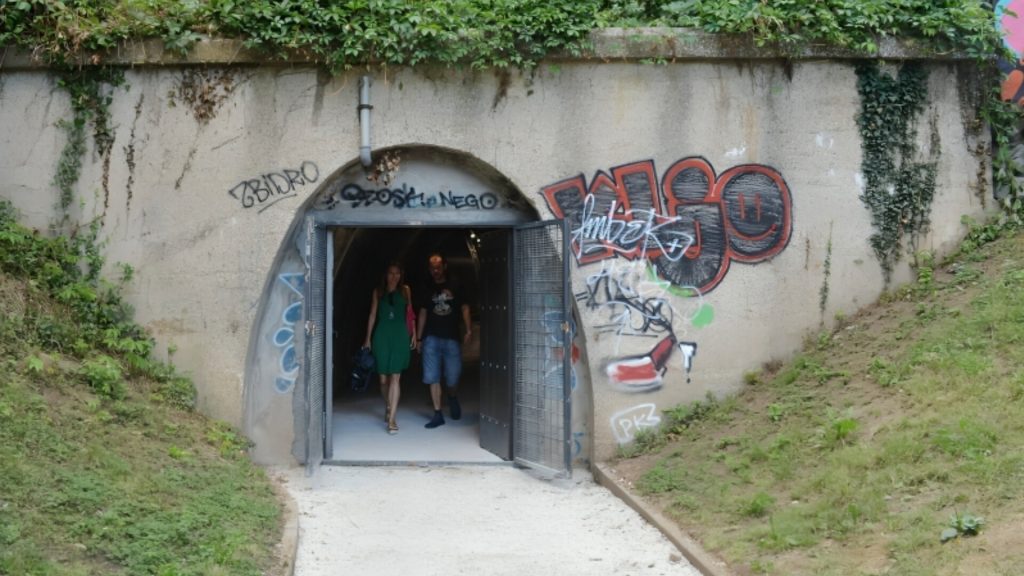
These sites collectively form a cultural system and a thorough examination is expected to positively contribute valuable knowledge about the complexities of the early societies.
Ongoing Excavations Has Revealed Three Main City Gates
Excavation is still ongoing in the ancient stone city and has revealed another important piece of information. Archaeologists have found three distinct city gates, there is the Main City gate (CM1) which is situated in the center of the outer city.
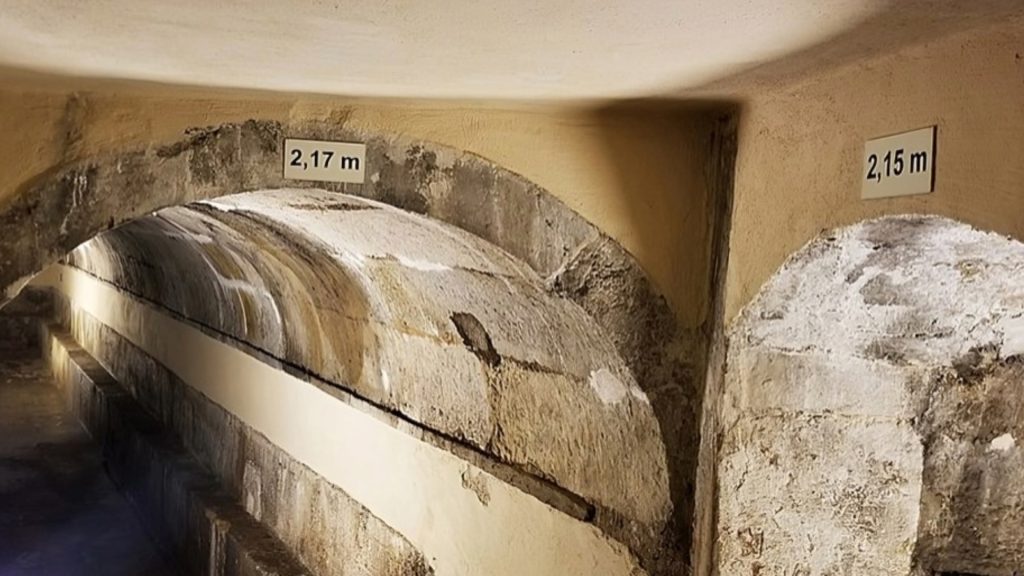
The gate stands out with its rectangular shape which suggests intentional and urban planning, the other two gates the Urn City Gate (CM2) and the Outer Urn City Gate (CM3), are there to contribute to the complexities of the city’s entrance points.
The Stone City Witnessed The Emergence Of The Late Neolithic Societies
During this historical period, the ancient stone city of Houchengzui witnessed the emergence of Neolithic societies like Black Pottery and Longshan Culture.

The city is situated in Qingshuihe County within the Inner Mongolia Autonomous Region positioned around 300 miles west of Beijing. Houchengzui had both an inner and outer section.
We Need Answers!
This whole write-up has shed more light on the existence of the ancient city of Houchengzui and how complex its defensive walls are. A series of excavations have helped discover the secret underground tunnels that were employed by the people of Houchengzui.
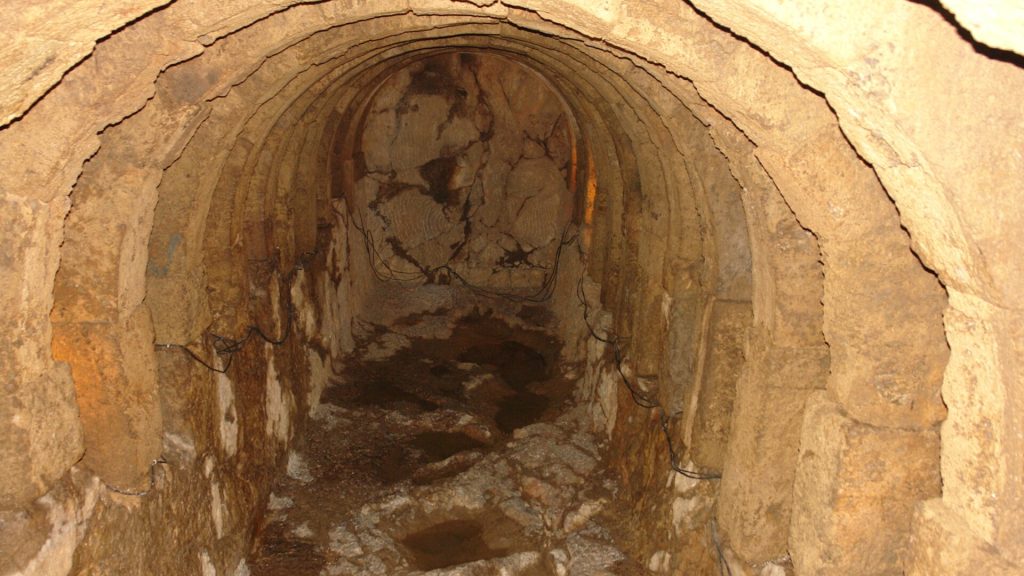
But many questions remain unanswered. If the stone city of Houchengzui was a military fortification, who exactly did they defend against? It’s safe to say that archeologists still have a long way to go to figure out these connections.





